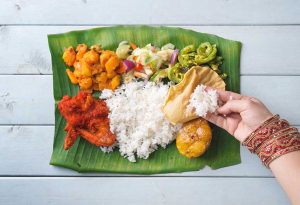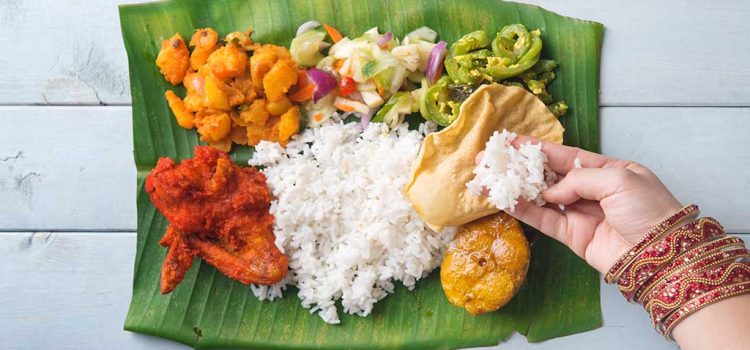
Introduction
Around the world, diverse cultures have cherished the practice of hand-eating for centuries. This tactile approach to dining has deep-rooted cultural and historical significance. In this article, we’ll embark on a journey through various traditions of hand-eating practices, exploring the science behind these customs and unveiling the rich tapestry of human heritage and dining experiences.
A World of Culinary Traditions
From Ethiopian injera to Indian naan, and from Middle Eastern falafel to Brazilian acarajé, the art of hand-eating is a global phenomenon that transcends borders and connects us through shared traditions.
The Science Behind Hand-Eating Traditions
Before we dive into the cultural insights, let’s understand the science that underpins these hand-eating traditions.
1. Tactile Engagement
Eating with your hands engages all your senses. The touch receptors in your fingers enhance the sensory experience, allowing you to fully appreciate the textures, temperatures, and flavors of your food.
2. Mindful Dining
Hand-eating encourages mindfulness. As you engage with your food through touch, you become more present in the moment, savoring each bite and fostering a deeper connection between your mind and body.
3. Social Bonding
In many cultures, hand-eating practices promote social bonding. Shared meals where people eat with their hands create a sense of togetherness, enhancing the enjoyment of dining.
Exploring Hand-Eating Traditions
Let’s journey through various hand-eating traditions and discover the cultural and historical insights that enrich these practices.
1. Indian Cuisine
In India, hand-eating is deeply ingrained in culinary culture. The act of using your fingers to scoop up dal and enjoy chapati or naan fosters a sense of tradition and connection to heritage.
2. Ethiopian and Eritrean Injera
Injera, a sourdough flatbread, is a staple in East African cuisine. People in Ethiopia and Eritrea use injera to scoop up stews and dishes, creating a communal dining experience.
3. Middle Eastern Mezze
The Middle Eastern practice of eating mezze, small dishes with various dips and bread, often involves using pita to scoop and savor the flavors. It’s a celebration of communal dining.
4. Latin American Acarajé
Acarajé, a Brazilian street food, involves deep-fried dough filled with flavorful ingredients. The act of eating acarajé with your hands is an immersive culinary experience.
5. Filipino Kamayan
Kamayan, a Filipino tradition, involves eating with your hands directly from banana leaves. It’s a communal and vibrant dining practice that connects people and their cultural heritage.

The Science of Tradition
Hand-eating traditions are not just about culture and history; they are also about the science of connection, mindfulness, and sensory engagement.
1. Enhanced Sensory Experience
Eating with your hands amplifies the sensory journey, allowing you to fully appreciate the textures, temperatures, and flavors of your meal.
2. Mindful Dining
The tactile nature of hand-eating fosters mindfulness, leading to a more profound connection between your mind and body during meals.
3. Social Togetherness
Hand-eating practices create a sense of togetherness and communal bonding, enhancing the overall dining experience.

Conclusion
Hand-eating traditions around the world are a testament to the power of shared customs and the science of sensory engagement. By exploring these practices, you can connect with diverse cultures and heritage, while also enhancing your own dining experiences through mindfulness and tactile engagement.
This article is for those who wish to delve into the cultural, historical, and scientific aspects of hand-eating traditions. By understanding the depth of these customs, you can embrace the richness of human heritage and embark on a culinary journey that transcends borders and connects people through shared traditions.









